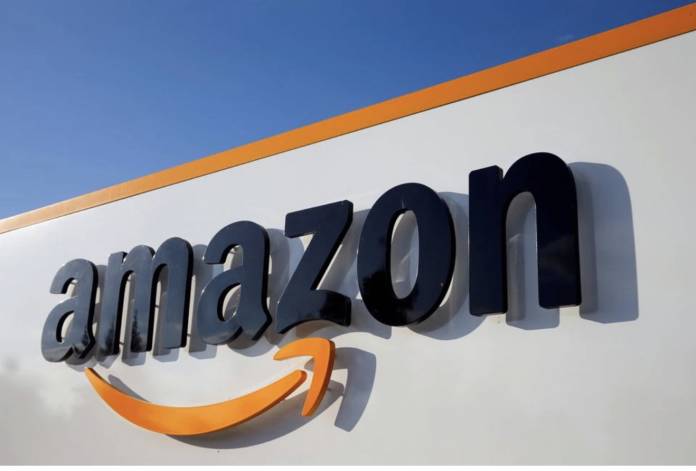
Amazon’s A-to-Z guarantee returns policy will be getting a shiny, new coat of paint. The online retail giant will now be directly dealing with customer claims if the defective product bought on their platform has caused personal damage or personal injury, even if through a third-party seller. If the claim has passed their “rigorous” fraud detection and abuse systems, they will directly pay customers for claims that are under $1000. It may also step in for higher amounts if the seller is unresponsive or rejects a valid claim.
Previously, when customers want to make a claim about a defective product they bought on Amazon, they are redirected to the third-party seller that they bought it from. In several cases though, sellers would either not respond or would reject the claims. This has resulted in several court cases including a recent lawsuit brought against Amazon by the U.S Consumer Product Safety Commission saying Amazon should be responsible for recalling “potentially hazardous products” sold on the platform.
Starting September 1, customers can now start their claims process through Amazon Customer Service directly. Amazon will then notify the seller regarding the claim and if the seller doesn’t respond, they will step in to address the claim directly while still pursuing the seller on their own. If a valid claim is rejected by the seller, Amazon will compensate the customer directly as well. Basically, they will now act as the intermediary between the customer and the seller.
Lest you think this can become a scam for some, Amazon says they will be using fraud detection and abuse systems and also work with external, independent insurance fraud experts. They will be analyzing if the claim is valid and also protecting sellers from having to deal with “unsubstantiated, frivolous, or abusive claims.” They will also be offering sellers product liability insurance through Amazon Insurance Accelerator.
Amazon says they are going beyond their legal obligations and beyond what other marketplace service providers are doing for their customers. Some may say that this is what they should have been doing in the first place but at least now we’ll see it roll out in the U.S first and hopefully other territories as well.









